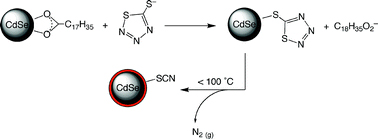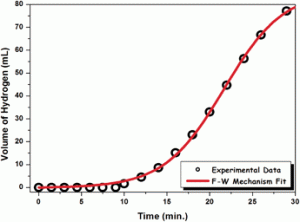David Emslie and colleagues from McMaster University describe the synthesis of a new rigid NSN-donor ligand as well as the preparation of uranium(IV) and uranium(III) complexes using this ligand and a previously prepared NON-donor ligand. A combination of cyclic voltammetry, DFT calculations and Atoms In Molecules calculations were used to compare U–SAR2 and U–OAr2 bonding and the results indicated increased covalency in U-SAR2 bonds that is probably due to the short U-S distances and tight C-S-U angles in the complexes. This work will aid the advancement of approaches for lanthanide/actinide separation in nuclear fuel reprocessing as well as analytical actinide detection.
Download the full paper below which is being published as part of an upcoming Dalton Transactions special issue, New Talent: the Americas…
Rigid NON- and NSN-ligand complexes of tetravalent and trivalent uranium: comparison of U–OAr2 and U–SAr2 bonding
Balamurugan Vidjayacoumar, Sougandi Ilango, Matthew J. Ray, Terry Chu, Kristopher B. Kolpin, Nicholas R. Andreychuk, Carlos A. Cruz, David J. H. Emslie, Hilary A. Jenkins and James F. Britten
Dalton Trans., 2012
DOI: 10.1039/C2DT30247K
You may also find this 2010 Dalton Transactions themed issue on New horizons in organo-f-block chemistry interesting.
Remember you can keep up to date with all the latest news in inorganic chemistry by following us on twitter and signing up to our e-alert service.


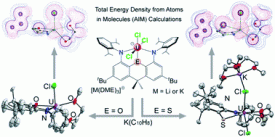










![A Sr2+ salt of [MoVI72MoV60O372(CH3COO)30(H2O)72]42− exhibits a superposed kagome-lattice with huge channels whose diameters measure approximately 3.0 nm A Sr2+ salt of [MoVI72MoV60O372(CH3COO)30(H2O)72]42− exhibits a superposed kagome-lattice with huge channels whose diameters measure approximately 3.0 nm](https://blogs.rsc.org/dt/files/2012/05/GA2.jpg)

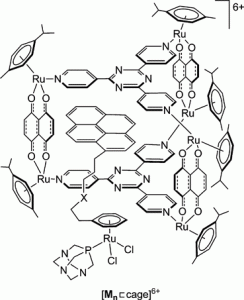


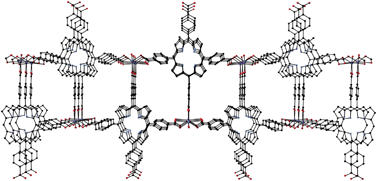
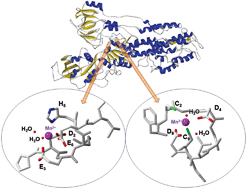 In this HOT article, Zoroddu and coworkers present NMR (mono- and bi-dimensional) and EPR analysis of Zn and Mn complexation to small fragments of the Park9 gene (a member of the P5-type ATPase family) important in
In this HOT article, Zoroddu and coworkers present NMR (mono- and bi-dimensional) and EPR analysis of Zn and Mn complexation to small fragments of the Park9 gene (a member of the P5-type ATPase family) important in 